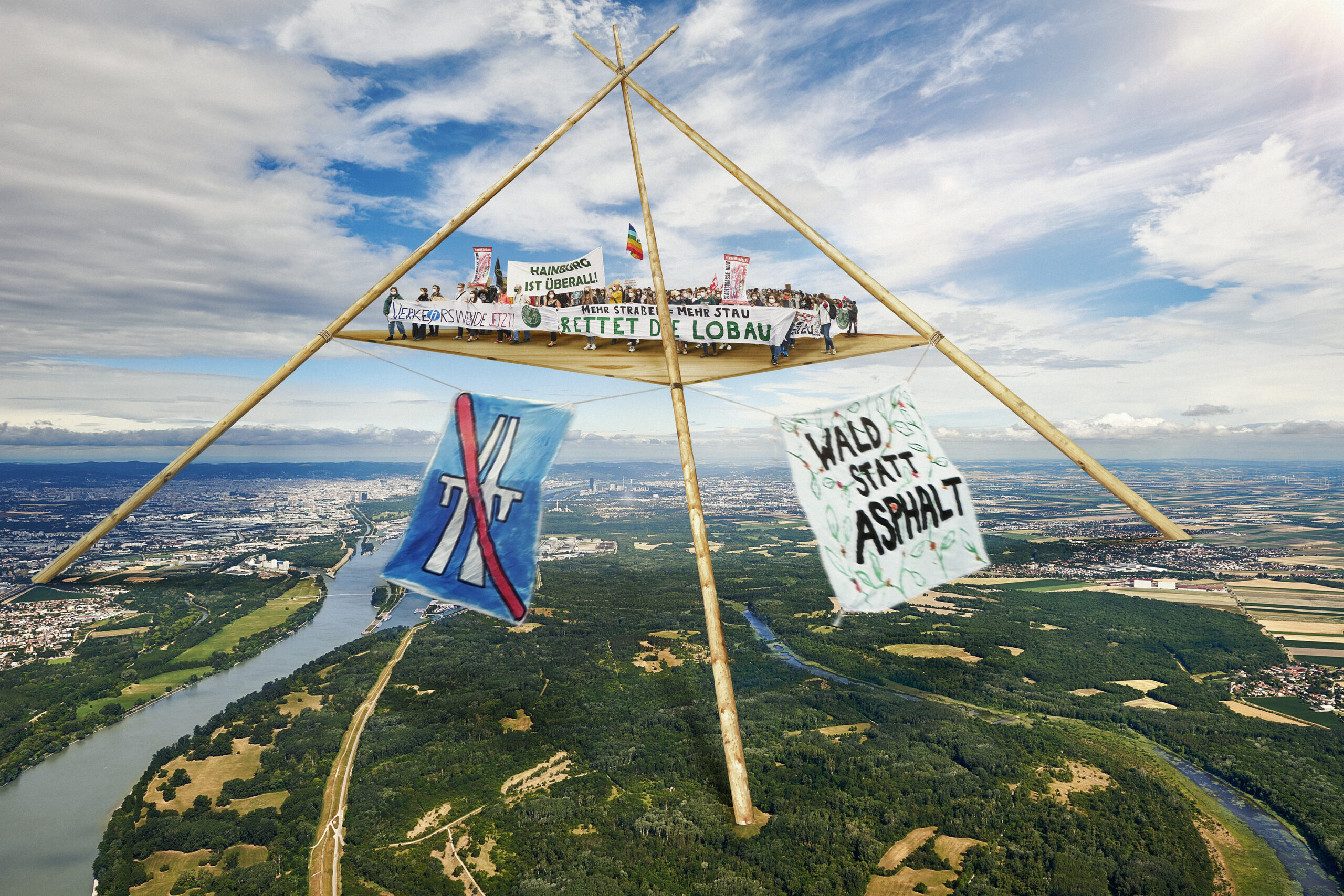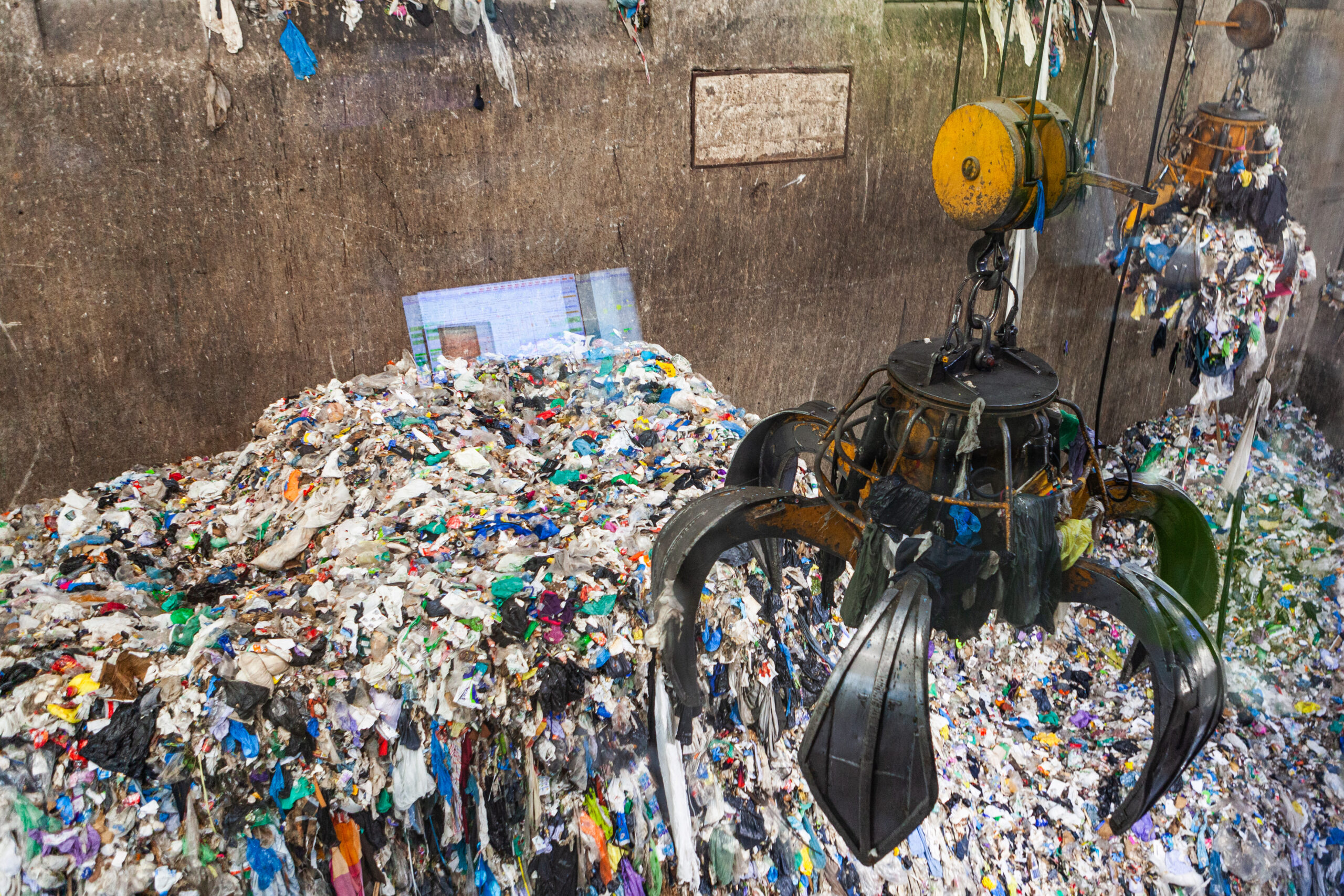John Bellamy Foster is possibly the best known and most influential author of what has been called the “second ecosocialist generation”, which would have started with the publication of his Marx’s Ecology (2000) and Paul Burkett’s Marx and Nature (1999), outstanding works in the positive recovery of the legacy of Marx and Engels at the end of the 20th century and beginning of the 21st century in an ecological key. Editor of the emblematic socialist magazine Monthly Review, his contribution to the theory of the “metabolic rift” – which recovers an expression from volume 3 of Marx’s Capital regarding the irreparable alienation between society and nature derived from capitalist production – was anticipated in different works prior to the aforementioned book. In the article that we invite you to read, Marx’s Theory of Metabolic Rift, published a year before Marx’s Ecology, he synthesized the essence of this contribution of great impact within the ecomarxist theory.
Marx’s Theory of Metabolic Rift
Related Posts

Seminar: “Militant Ecotopias”
In recent years, we have witnessed a resurgence of interest in ecological utopias within social movements, artistic spaces, intellectual circles, and society in general. This search for ways to integrate the promises of a better world within planetary limits is valuable in itself, and at the same time historically significant: it reveals that environmentalism demands…

Permanent Seminar “Images (of Art) and Political Ecology”. IX Session: “Water, energy and dispossession in the imaginaries of the Francoist hydromodernity”, with Carmen Martín-Luquero.
Source: Fernando López Heptener, La presa de Aldeadávila, 1963, available at: https://www.youtube.com/watch?v=-X_yduTT1EQ. Spain is one of the countries with the largest number of dams, about 1,200. Many were built during Franco’s dictatorship as part of his emblematic hydraulic policy, aimed at addressing post-war social, economic, and energy crises. Aside from the failed autarkic economic project, this…

Permanent Seminar “Images (of Art) and Political Ecology”. VIII Session: “Energy Aesthetics. Alternatives to the Fossil and Social Footprint of Cement”, with Elena Lavellés
Photograph: Elena Lavellés. Cranes at the Valdemingómez landfill. Documentation visit 2024. The limits of nature are dissolved under layers of cement, CO2 emitted into the atmosphere and waste produced from the activity of human beings. This overview leads us to a new vision that exceeds our capacity of comprehension and places us on the edge…

